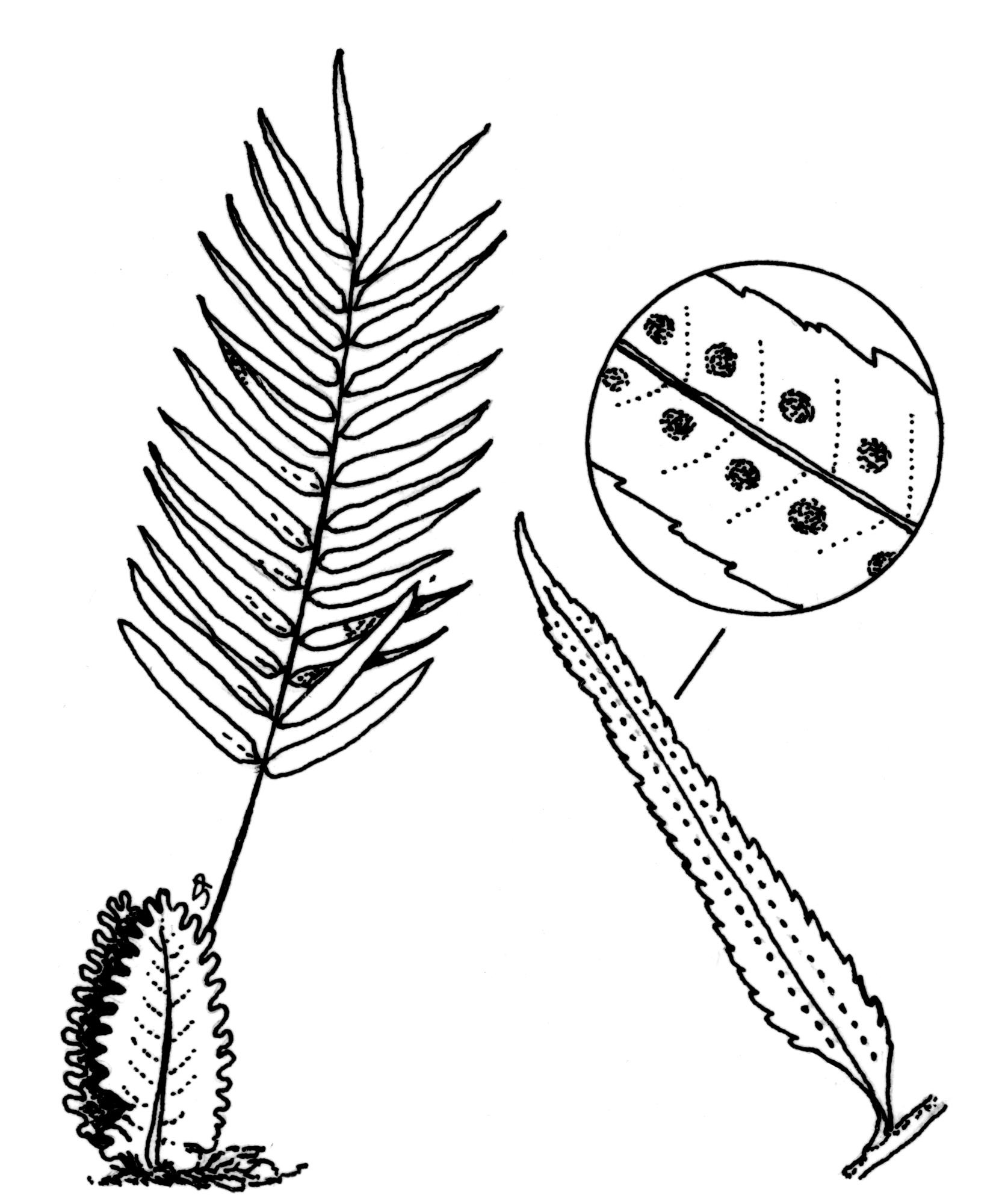
Greek drys - oak, referring to the oak-like basal fronds of some species.
Large ferns growing naturally on other plants or rocks; used in horticulture for tubs and hanging baskets often for the interesting basal, papery, oak-leaf-like humus-collecting fronds. Rhizome short, thick and fleshy; scales yellowish-brown. Fronds of 2 kinds: 'nest' fronds forming a permanent broad papery mass; these are at the base of the larger, once-divided deciduous foliage fronds up to 1.5 m long. Sori scattered or in rows along the length of the segments. Indusium absent.
c. 20 species from Africa and the Pacific.
Spores or division of rhizomes.
Papery basal oak-like 'nest' fronds separate from the upper foliage fronds; cf. Aglaomorpha.
Source: (1995). Polypodiaceae. In: . Horticultural Flora of South-eastern Australia. Volume 1, Ferns, conifers & their allies. The identification of garden and cultivated plants. University of New South Wales Press.
